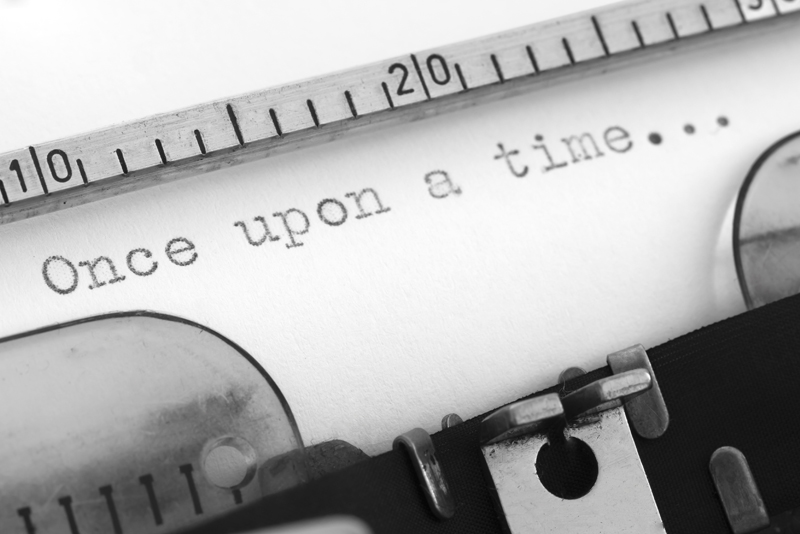What is Fair Use in Writing?

Awhile back, a writer contacted me for permission to use material from one of my nonfiction books. I learned that she wanted to paraphrase some of my material and directly quote other parts of it, and in total she wanted to use 40 percent of my book as a foundation from which to write her book. To her credit, she did ask for permission. But her request made it clear that she was unfamiliar with copyright law and how to use another writer's material according to the concept of Fair Use.
I don’t think copyright law and Fair Use is taught in high schools. Probably most people’s exposure to these concepts comes from an undergraduate course on journalism, an introductory course in graduate school, or from on-the-job training. But that still means that many young writers may have no knowledge of copyright law, especially if they are self-publishing right out of high school. All new writers need to know about copyright law and Fair Use or they may end up in serious legal trouble for copyright infringement. Fair Use, from the Copyright Act of 1976, 17 U.S.C. § 107, is as follows:
In my personal example, the crucial points of this definition turned out to be points 1 and 4: whether the use of my material was going to be for commercial purposes or for nonprofit educational uses, and the effect of the use on the potential market for the copyrighted work. The proposed use of my material was commercial -- to sell copies of another book -- and the possible effect may have been to publish this book in direct competition with my own in the same market. Because this proposed use would not have been in accordance with the concept of Fair Use, it would have been a copyright infringement.
Think of Fair Use as a guide to help you use someone else's material without infringing upon his or her copyright. To fall within the protective guidelines of Fair Use, and not get sued, you generally want to limit your use of someone else's material to only a few sentences. You must precisely attribute the material that you use to its author. And you should use this material for a non-competitive purpose such as research, reviewing, or instruction that will not cut into the other author's marketability. Here is a link through which to learn more about Fair Use and copyright law: Wikipedia summary of Fair Use
I don’t think copyright law and Fair Use is taught in high schools. Probably most people’s exposure to these concepts comes from an undergraduate course on journalism, an introductory course in graduate school, or from on-the-job training. But that still means that many young writers may have no knowledge of copyright law, especially if they are self-publishing right out of high school. All new writers need to know about copyright law and Fair Use or they may end up in serious legal trouble for copyright infringement. Fair Use, from the Copyright Act of 1976, 17 U.S.C. § 107, is as follows:
Notwithstanding the provisions of sections 17 U.S.C. § 106 and 17 U.S.C. § 106A, the fair use of a copyrighted work, including such use by reproduction in copies or phonorecords or by any other means specified by that section, for purposes such as criticism, comment, news reporting, teaching (including multiple copies for classroom use), scholarship, or research, is not an infringement of copyright. In determining whether the use made of a work in any particular case is a fair use the factors to be considered shall include:
the purpose and character of the use, including whether such use is of a commercial nature or is for nonprofit educational purposes;
the nature of the copyrighted work;
the amount and substantiality of the portion used in relation to the copyrighted work as a whole; and
the effect of the use upon the potential market for or value of the copyrighted work.
The fact that a work is unpublished shall not itself bar a finding of fair use if such finding is made upon consideration of all the above factors.
In my personal example, the crucial points of this definition turned out to be points 1 and 4: whether the use of my material was going to be for commercial purposes or for nonprofit educational uses, and the effect of the use on the potential market for the copyrighted work. The proposed use of my material was commercial -- to sell copies of another book -- and the possible effect may have been to publish this book in direct competition with my own in the same market. Because this proposed use would not have been in accordance with the concept of Fair Use, it would have been a copyright infringement.
Think of Fair Use as a guide to help you use someone else's material without infringing upon his or her copyright. To fall within the protective guidelines of Fair Use, and not get sued, you generally want to limit your use of someone else's material to only a few sentences. You must precisely attribute the material that you use to its author. And you should use this material for a non-competitive purpose such as research, reviewing, or instruction that will not cut into the other author's marketability. Here is a link through which to learn more about Fair Use and copyright law: Wikipedia summary of Fair Use
You Should Also Read:
Legal Issues

Related Articles
Editor's Picks Articles
Top Ten Articles
Previous Features
Site Map
Follow @Val%5FKovalin
Tweet
Content copyright © 2023 by Val Kovalin. All rights reserved.
This content was written by Val Kovalin. If you wish to use this content in any manner, you need written permission. Contact Val Kovalin for details.


